Monmouth Beach School History
Learning by the seashore …
Formal public education in Monmouth Beach — at least the concept of it — got its start over 115 years ago. The first school board of education meeting was held in June 1906 in the borough firehouse on Beach Road (at the time, the town’s only public building).
The nine founding board members were John Maney, Sr., Jesse W. Potter, George Robbins, Charles Erickson, John McWood, Jr., Garrett White, Charles Archer, Clarence Bennett, and A.O. Johnson. Mr. Johnson, a member of the newly elected borough council and future four-term mayor, was named the board’s leader, then called the District Clerk.
The board’s first order of business was to approve the raising of $20,000 to purchase property and build a schoolhouse. At the time, borough primary school students attended the North Long Branch School and secondary students went to Long Branch High School (and Chattle High School on Morris Avenue until 1927). Back then, borough children were transported to school “by local stable owners, who had agreed to furnish large glass stages, with good teams of horses, reliable drivers, and warm robes in the winter.”
House of Learning
The first vote for a new school was held in July 1906 and the plan went down to defeat by a 40 to 8 count. After two more unsuccessful ballot efforts and some legal challenges, a $14,000 school construction plan was finally approved in February 1909 by a vote of 82-67. The Monmouth Beach Public School was born — the definitive neighborhood school, borough families have long loved its “walk to” access.
A 1.5-acre plot on Griffin Street, owned by Jesse Cook, was approved for purchase for $1,500 by a 76-73 vote. Other considered locations were on Wesley Street and Riverdale Avenue (then called Fresh Pond Road). The redbrick, four-classroom school (a Georgian-revival design patterned after the Neptune High School), was designed by Philadelphia architect Clyde S. Adams.
“An investment in knowledge pays the best interest.”
—Benjamin Franklin
Watson Gienger was the first principal at an annual salary of $900. He had an Ivy League Master’s Degree (Columbia U.) and traveled to school by horseback. He was killed in a March 1919 auto-train wreck in Little Silver. “Lady teachers” received $600 per year and substitute teachers were paid $1.50 per day. In the early days, absenteeism was an issue (a truant officer was one of the first hires). Locals said that students were prone to “go fishing.” Some parents, who didn’t realize that an education was state mandated, said they needed the children to help with chores.
Classes began in October 1909 and the first class of 9 students graduated in June 1911. They were: Geneva Carson, Alexander Doheney, Elizabeth Dorsey, Daniel Manahan, John Maney, William Maney, Mary O’Flaherty, May VanBrunt, and Arthur Wilson. The school’s first commencement was held in the Monmouth Beach Casino.
In 1917, principal A.P. Horn added music to the school’s studies (with Myrtle Sickles as instructor). In September 1922 — with about 80 students and $5,000 annual budget — Helen Kittell West was appointed school principal (with a $1,500 salary). She was “graceful and intelligent” according to a July 1918 Long Branch Daily Record profile.
A borough native, 1909 Chattle High School graduate, and Eatontown teacher (1912-1916), she held a college degree from Trenton State. She was also vice president of the Monmouth County League of Women Voters. Almost certainly one of the first female school principals in NJ, Helen was a good and kind educator for over two decades. “The borough has an excellent graded school and is rated high for efficacy and thoroughness of training,” according to a June 1944 Long Branch Daily Record profile on the town. She served up until her death in May 1946.
Small classes were the norm during the early years. At one point the school had just three teachers, Eleanor Van Note, Alice Johnson and Kittell (the trio would combine for over 100 years of instruction). Back then three grades would be taught in one classroom and the 1942 graduating class included just one student.
Fire escapes were added in 1922 and by 1924 the cost per pupil was about $100. The school’s first class trip was to the 1939 World’s Fair in New York City. The first unofficial school kindergarten (called a pre-primer class) was begun in 1943. For years it was half-day sessions until 2003, when borough voters approved a full-day kindergarten program.
World War II greatly impacted the school including teacher salary reductions, air raid drills, sugar-rationing, and no Honor Medals due to rationing. In 1970, women teachers were given permission to wear “pants suits.”
Traditions Grow
The school’s annual Halloween Parade, dating back some 60 years, is a tradition that has brought joy to generations of borough residents. The parade route calls for the costume-clad kids (with their teachers) to march through the town. Each year scores of parents, relatives and friends line the borough’s streets to see the kids march by in costume. Many of the borough public service groups — fire, police, and first aid — are very actively involved. Another beloved tradition is the “Mystery Marshall” contest, where students have to guess the identity of a masked person. Over the years, mayors, principals, teachers, school board members, and public service officials have donned the mask.
An annual Flag Day event, with music by John Philip Sousa and precision marching, was a school staple for 40 years. Eleanor Van Note, a borough teacher for nearly 50 years, directed the efforts. A tough taskmaster, if your class did well she’d shed a tear. The school’s library was dedicated in her honor in 1982.
First elected as a school board member in 1941, the Reverend W. Winfield West became the board’s business secretary in 1953 and held that post for over 35 years. His influence was so profound that he was occasionally called a “10th board member.” A man of varied abilities, he also was the office manager of the Monmouth Beach Cold Storage Company beginning in 1945. He was also a part-time Methodist pastor (having been ordained in 1941).
Joseph Persiponko was the school’s longest serving principal/ superintendent at 23 years. An outstanding athlete at Shippensburg University, Joe was a minor league pitcher for the Philadelphia Phillies. He taught in the Red Bank and Long Branch school systems before taking the MB principal position in September 1970 (at a $14,000 salary). Andrew Cancalosi was the board’s longest serving president at 18 years. For many years, Andy was a top advertising account executive for the Asbury Park Press. A longtime borough fireman and Shade Tree Commission member, Andy was first elected a board member in 1965 and board president in 1970.
Andrew Nilsen, a 1927 MB School graduate, was the longest serving board member at 31 years when he retired in 1985. He was also a borough fire chief (1956) and first aid captain (1985). Born in Brooklyn, Andy served in the US Marine Corp during World War II and was a Fort Monmouth carpenter for nearly 40 years. He and his wife Judy raised four kids in town.
Two men have served as the school’s head custodian and as board members — Andy Zeim was a board member from 1950 to 1959 and custodian from 1960 to 1971. Jay Maney, who served five terms on the board, was custodian from 1971 to 1981. For many years, Ardith Cunnane conducted her school nursing duties in the basement.
Long-serving MB School board members include: Abram O. Johnson, Daniel Manahan, Fred Cook, Morgan Woolley, Henry Mihm, William Bradley, and Charles G. Schulz. Long-serving teachers include Dula Burcham, Janet Clayton, Barbara Dean, Joan Delehanty, Peter Farnham, Dorothy Hansen, Joe Nappo, Jay Johnson, Frank Keiser, Sondra Maltzman, Carol Pierson, Anne Pulos, Ann Sague, Cynthia Van Dyke and Donna O’Neill.
Laura “Dolly” Bradley was the founder and first president of the MB School PTA; Ray Hinck was the first male president. The devoted service of two school secretaries, Jane Short and Mary Leschuk, spanned 50 years.
Issues to Address
Flooding from nearby Manahasset Creek spilling onto Griffin Street has been known to play havoc on school functioning throughout the years. Sometimes during severe (and even not so severe) weather conditions, the school had to be closed. Occasionally, emergency vehicles had to be deployed to evacuate students and teachers. In the late 1990s, with state funding, the town raised the road and improved area drainage.
Thanks to an expanding borough population in the 1950s, additions were made to the rear of the original school building in 1952 (voters approved $76,000) and 1959 (a $125,000 cost) and the structures remain today. A school lunch program was instituted in 1963.
In September 1964, the MB School hired its first full-time principal, Donald J. Gudaitis, at an annual salary of $9,000. After some controversies (including his hiring a full time secretary), he was dismissed by the board. In a July 1965 protest a group of about 150 citizens marched on the home of Mayor Sidney Johnson and school board president John Ludwig (eggs were thrown at the marchers). Gudaitis was not reinstated, however, and went on to become the assistant superintendent of the Rhode Island School System.
As the borough’s population continued to grow (tripling over a 15-year period), the school faced serious capacity problems. To make room, officials had to double grades, and make use of the church parish center, borough hall, and portable classrooms. Voters rejected a $555,000 expansion plan in 1969 and defeated another project in the early 1970s.
In March 1974, borough voters finally approved a $1.4 million referendum to build a new school — the vote was 332-214 in favor. The plan called for 12 new classrooms, a science lab, a library and nurse’s office, an art and music room, and administrative and special education offices. Voters had earlier approved $10,500 to purchase property on Hastings Place for the new construction. The new school was dedicated in February 1976. In 1974-75, the total MB School budget was $408,000.
In 1981, a group of historic preservationists sought to save the stately but deteriorating Griffin Street school building and convert it into a community museum. Although school and borough officials expressed some support for the project, the burden of $16,000 in annual maintenance costs in addition to “unforeseen problems” associated with a 70-year old structure made the plan unworkable. The main building was torn down (at a cost of $51,000) in April 1982.
Into the 21st Century
In October 2000, borough voters approved a $4.5 million school addition project (25% funded by state money). Residents had rejected two other building referendums (one of $5.7 million), before approving one with a 65% majority. Included in the 12,000-square-foot expansion were five new large classrooms, a science lab, music room, nurse’s office, several conference and meetings rooms, administrative offices, storage rooms, and restrooms. Then Public Works Commissioner Bill Barham served as the unpaid project supervisor and Chanree Construction of Ortley Beach was the general contractor.
In March 2002, the school gymnasium was dedicated in honor of Joseph Nappo, a popular teacher and successful coach.
In 2006, Karen Ginty, a skilled and devoted kindergarten teacher since 1972, was named NJ State Teacher of Year (a first for a MB teacher). She took a six-month sabbatical to tour the nation and met the President of the United States in Washington, DC. “If you were to build the model kindergarten program — creating a classroom environment where child and parent feel secure — then you’d begin with a teacher like Karen Ginty,” explained then MB School Superintendent Neil Frankenfield.
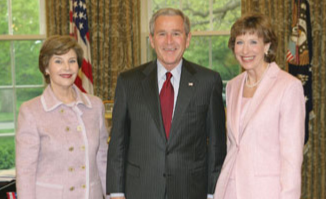
NJ Teacher of the Year Karen Ginty with President George W. Bush and First Lady Laura Bush in the Oval Office, April 2007.
In 2023, the school had an enrollment of about 260 students, the annual budget was about $6 million, the superintendent had a base salary of nearly $150,000, and the per pupil education cost had reached $22,500.
As with much of the town, the MB School was badly damaged during Hurricane Sandy in October 2012. The school was flooded with over 2 feet of water, which ruined furniture, textbooks, flooring, and the heating and electrical systems. The school was closed for 7 months while over $2.5 million in repairs were made (all covered by insurance). To accommodate nearly 300 MB students, schools in Oceanport and West Long Branch opened their doors for free. When students returned to the Hastings Place school in June 2013, Gov. Chris Christie stopped by to congratulate them.
MB School Principals/Superintendents:
• Yelena Horré (2022-Present)
• Jessica Alfone (2020-2021)
• Michael Ettore (2013-2020)
• Brian Farrell (2011-2013)
• Neil Frankenfield (2001-2011)
• Carol Colella (1999-2000)
• Helen Bastian (1993-1998)
• Joseph Persiponko (1970-1993)
• Carl Andreson (1967-1970)
• Daniel Stevens (1966-1967)
• Donald Gudaitis (1964-1965)
• Frank Bannon (1951-1962)
• David C. Maloney (1947-1951)
• Janet Horre (1946-1947)
• Helen Kittell (1922-1946)
• Samuel Davis (1921-1922)
• Rupert Belles (1919-1921)
• Thomas Long (1917-1919)
• A. P. Horn (1914-1917)
• Lewis Wanamaker (1914-1914)
• F. R. Parker (1912-1914)
• G. Reid (1911-1912)
• Watson Gienger (1909-1911)
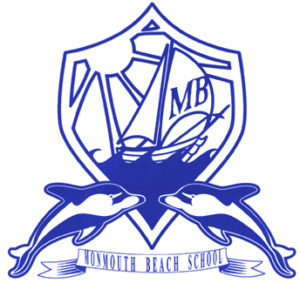
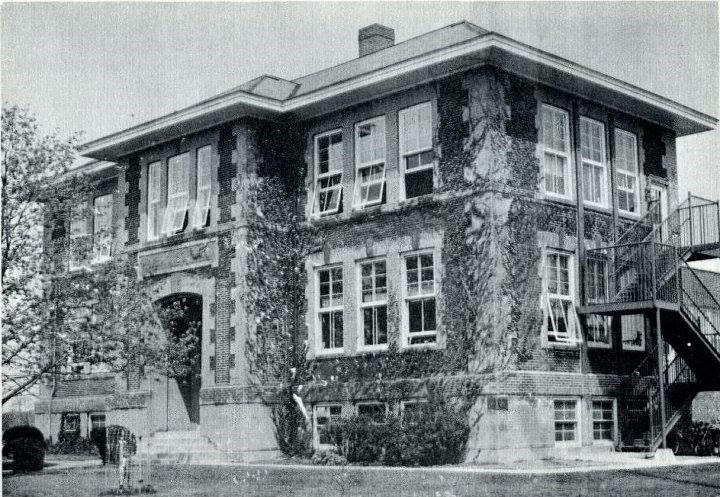
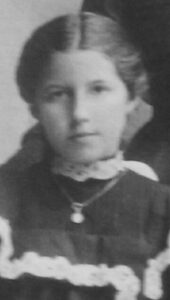
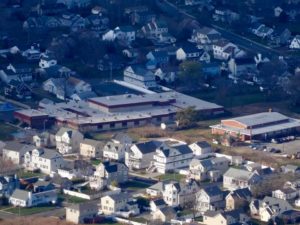
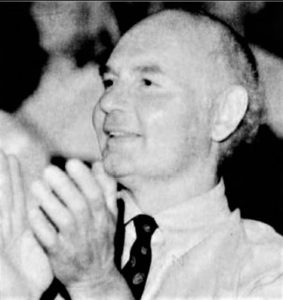
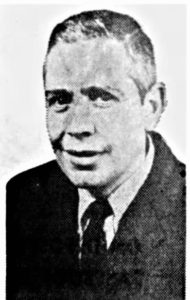
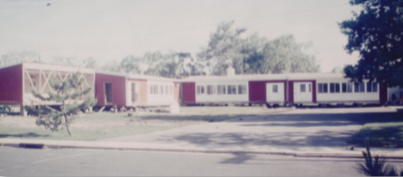
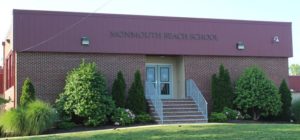
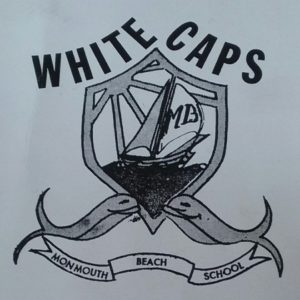
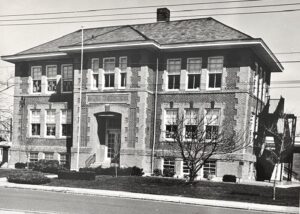
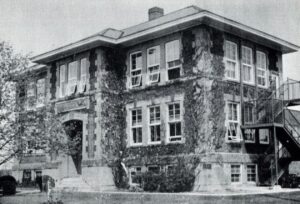
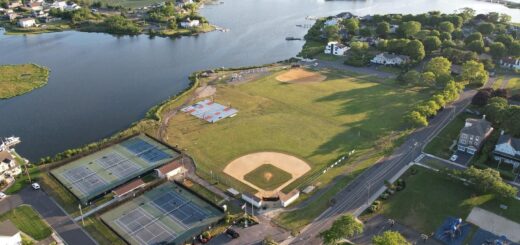
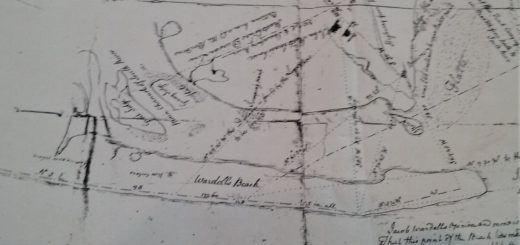



So sorry that you didn’t mention my late brother in law, Phil Anastasio. During his many years as the custodian, “Mr. Phil” touched the lives of many children, teachers, and administrators.
I remember Mr. Anastasio! He seemed so coooool to me as a young boy. I learned what 80-grit sand paper was from him because I was directed by Mr. Persiponko to get it to sand off graffiti I had made on a desk! Lol.
I loooooved Mr. Phil. I constantly got my locker jammed from being so messy. I’d walk to his office and didn’t need to say a word. He’d say “my locker is jammed. I can’t get it open.” While shaking his head and laughing. I always felt so lucky that he was nice to me.
Great job. Extremely valuable. Love remembering. Thanks for the help. Never fully understood how unique it was but I suspected. How lucky we were.